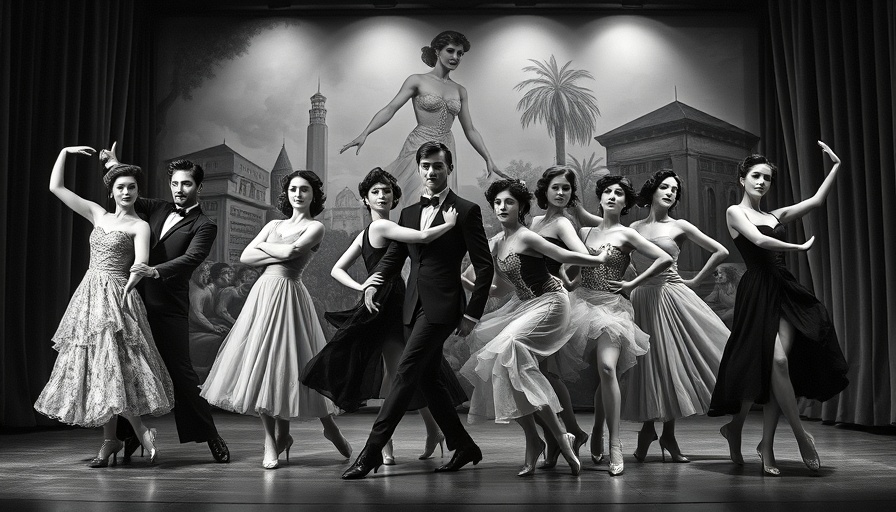
The Allure of the Cotton Club: A Reflection of Harlem’s Rich Culture
The Cotton Club, an iconic establishment, stands as a testament to Harlem's vibrant cultural history during the roaring twenties. Originally opened in 1920 by boxing champion Jack Johnson, it transformed into a dazzling venue under bootlegger Owney Madden in 1923. This nightclub became synonymous with jazz, while also exemplifying the paradoxes of race relations in America at that time.
The Jazz Explosion and Prohibition Era
In an era marked by the Prohibition Act, the Cotton Club thrived amidst a backdrop of illicit alcohol and burgeoning jazz music. Harlem was the epicenter of nightlife, offering a tantalizing escape for New Yorkers seeking excitement. With the Savoy Ballroom attracting large crowds, venues like the Cotton Club carved out unique niches, catering predominantly to white audiences hungry for Black artistry while upholding strict segregation.
Complexity in Performance and Patronage
Despite its discriminatory practices, the Cotton Club became a launchpad for many legendary African American artists. Duke Ellington and Cab Calloway graced its stage, propelling their stardom and introducing the world to an African American cultural renaissance. Yet, performers were segregated from the patrons, highlighting a conflict where artistry thrived in a space blinded by racial divides.
Legacy and Cultural Significance
While the Cotton Club closed its doors in 1940, its legacy resonates in today's cultural landscape. It symbolizes both the artistic brilliance of the Harlem Renaissance and the challenges faced by African Americans under segregation. Understanding this club encourages reflection on America's racial history and the evolution of cultural spaces.
Embrace the Lessons of the Past
Exploring the musical history and the societal implications represented by venues like the Cotton Club allows us to appreciate the strides made in the fight against discrimination while recognizing that work remains. As we celebrate cultural achievements, it is crucial to acknowledge the complexities of our past and strive for a more inclusive future.
 Add Row
Add Row  Add Element
Add Element 



Write A Comment